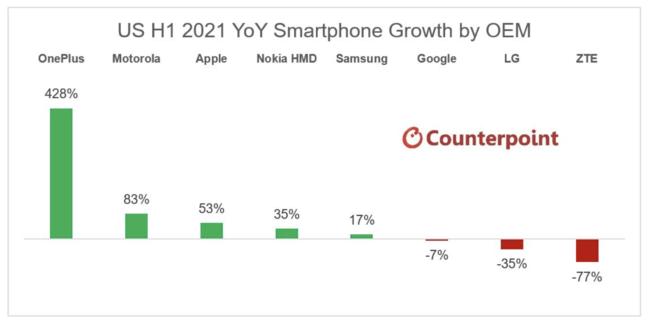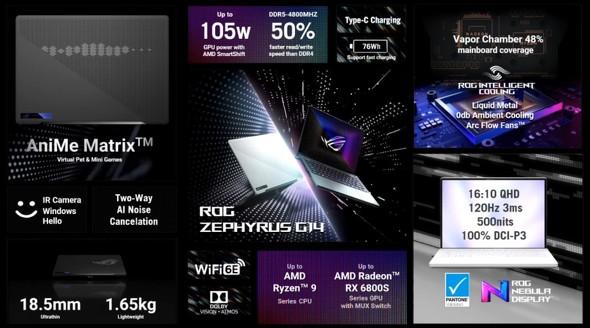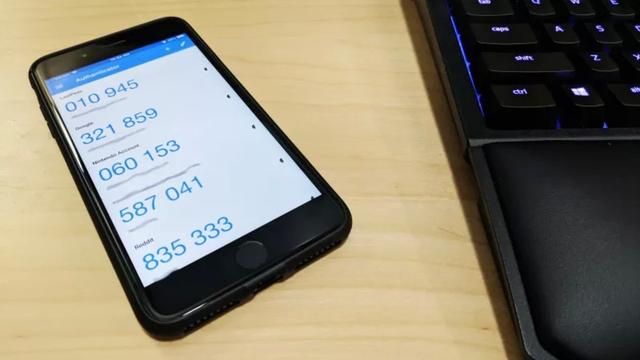U.S. government deploys robot dogs in border areas Residents repel (CNN.co.jp) --Yahoo! News
delivery
77 comments 77"Robot dog" operated in the southwestern part of the United States along with all-terrain vehicles

(CNN) A robot dog searching for dangerous goods and smuggled goods while overcoming rugged terrain in the border area between the United States and Mexico. It's like a scene from a science fiction drama, but it's a real scene. [Image] Robot dogs acting in the US-Mexico border This photo was recently released by the US Department of Homeland Security (DHS) with details on robot dog experiments. Officials explain the potential of robotic dogs to keep border guards safe by reducing their encounters with potentially life-threatening dangers. On the other hand, there was an opinion that it seems to be a scene of the English science fiction drama "Black Mirror" that depicts the dark future with a series of voices of opposition to robot dogs on SNS. Citizens' groups in the southern border area have long argued that militarization of the border area puts residents and immigrants at risk. "We want to reduce other technologies that are already in use, but it's scary to add another type of surveillance technology," said Bicki Gaubeka. Meanwhile, Ghost Robotics, the manufacturer of robotic dogs, emphasizes that you don't have to feel anxious. "We are doing the right thing for the country, for national security," said Jillen Parik, CEO. According to a DHS spokeswoman, the project is still in the research and development stage and there are no plans to deploy robot dogs. Robot dogs that appear in science fiction dramas and movies were sometimes portrayed as terrifying beings. The 2017 "Black Mirror" drama features a robot guard dog that chases and kills people. However, CEO Parik argues that there is a big gap between the robot dog drawn in science fiction and the actual robot dog. "This is a battery-powered four-legged computer that stops working after four hours. It's a robot that people can intervene and control remotely," he said. Still, the benefits of using robot dogs in border areas are great, Parik said, noting that the CBP has a vast range of patrols and can be exposed to harsh conditions. The robot dog, which weighs about 45 kg, used in the experiment is equipped with various types of cameras and sensors, and sends real-time data to the person in charge who operates it with a personal computer or mobile terminal. The experiments were first conducted on asphalt, grasslands, and hills in Lawton, Virginia, and then simulated reconnaissance missions by climbing up and down the hills and rocks of El Paso, Texas, which is close to reality. In addition, he also worked in "particularly dangerous situations for border guards and officers" (DHS), such as in tight spaces, heat waves, and hypoxia. "There are places on the southern border that keep people and animals out of the way," said Brenda Long, DHS Science and Technology Program Manager. Meanwhile, residents of the border area have long accused the US government of militarizing the area and over-surveillance. "Border residents are already feeling over-surveillance and over-militization, but they are launching and promoting these new technologies," Gaubeka said. Ghost Robotics has also partnered with the US Department of Defense in the past. CEO Parik confessed that he had just spoken to the Ukrainian Ministry of Defense on the phone before being interviewed. However, he emphasizes that US-border robot dogs are not part of a military effort.
Last updated: CNN.co.jp

![10th generation Core i5 equipped 9.5h drive mobile notebook is on sale at 50,000 yen level [Cool by Evo Book] 10th generation Core i5 equipped 9.5h drive mobile notebook is on sale at 50,000 yen level [Cool by Evo Book]](https://website-google-hk.oss-cn-hongkong.aliyuncs.com/drawing/article_results_9/2022/3/9/4a18d0792cae58836b71b9f591325261_0.jpeg)





![[Amazon time sale in progress! ] 64GB microSD card of 1,266 yen and wireless earphone with noise canceling function of 52% off, etc. [Amazon time sale in progress! ] 64GB microSD card of 1,266 yen and wireless earphone with noise canceling function of 52% off, etc.](https://website-google-hk.oss-cn-hongkong.aliyuncs.com/drawing/article_results_9/2022/3/9/c88341f90bab7fe3ce1dc78d8bd6b02d_0.jpeg)
